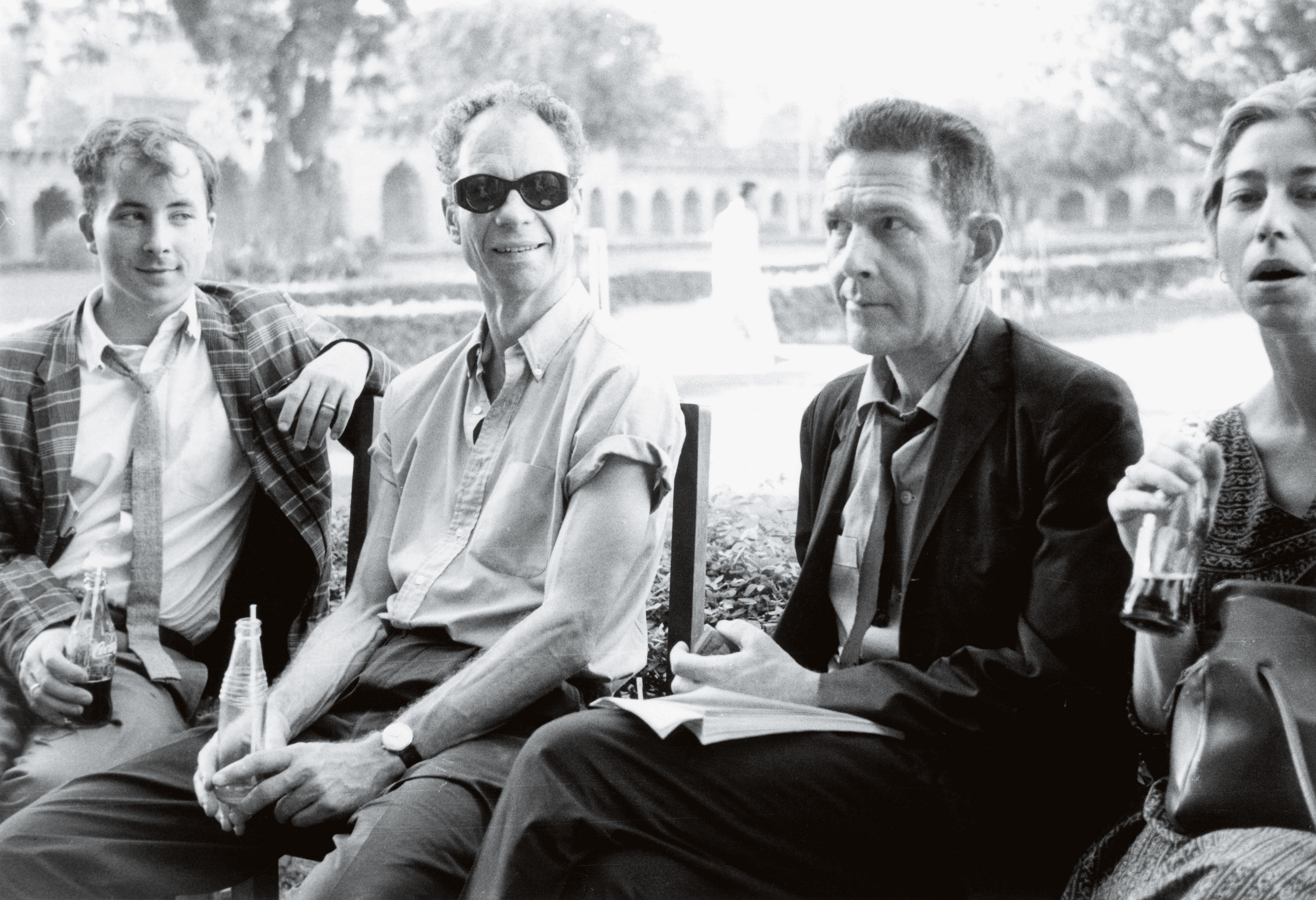About
In 1962 Jasper Johns, John Cage, Robert Rauschenberg, and other painters and sculptors came together to help Merce Cunningham and his dance company finance a proposed season on Broadway by arranging for a sale of their artworks. Their fund-raising efforts were so successful that there was money to spare, and when they asked Cunningham what he thought they should do with it, he replied,
We're all in the same boat—why don't you give it to other performing artists?
Thus in 1963 Jasper Johns and John Cage established the Foundation for Contemporary Performance Arts based on the belief that visual artists—painters and sculptors—were sufficiently concerned about the state of the performance arts—dance, theater and music—enough so to donate artwork to benefit performing artists. Elaine de Kooning, Willem de Kooning, Marcel Duchamp, Jasper Johns, Philip Guston, Robert Indiana, Alex Katz, Ellsworth Kelly, Roy Lichtenstein, Marisol, Robert Morris, Robert Motherwell, Barnett Newman, Claes Oldenburg, Robert Rauschenberg, Ad Reinhardt, James Rosenquist, Frank Stella, Elaine Sturtevant, and Andy Warhol were among the sixty-seven artists who contributed to the Foundation's historic first benefit exhibition—the first fund-raising benefit of this kind. Proceeds from sales enabled the Foundation to launch a significant program of assistance to performing artists who were engaged in work of a contemporary nature. To date, over 1,000 visual artists have supported the Foundation's grants programs with major gifts of paintings, sculptures, drawings, and prints contributed for benefit exhibitions held over the years.
It is artists themselves—as individuals and as a community—who are primarily responsible for the Foundation’s existence, its growth, and its continuation.
During the first year of its existence, the Foundation made grants to composers Earle Brown and Morton Feldman, and a concert of their music was presented at Town Hall in New York. Additional grants went to choreographer Merle Marsicano, the Judson Memorial Church and the Paper Bag Players. Joining Johns and Cage on the original Board of Directors were painter Elaine de Kooning, Alfred Geller, David Hayes, and Lewis Lloyd. Other early grantees include choreographers Trisha Brown, Lucinda Childs, Meredith Monk, Yvonne Rainer, and Twyla Tharp; composers Philip Glass, Steve Reich, and La Monte Young.
Public events were an integral part of the Foundation’s activities in its early years. In addition to the “Feldman/Brown” concert in September 1963, “Six Lectures,” a series featuring Norman O. Brown, Peter Yates, Buckminster Fuller, Merce Cunningham, Harold Rosenberg, and Marshall McLuhan was held at the 92nd Street YMHA in May 1966. “Nine Evenings: Theater and Engineering,” performances based on collaborations between engineers from Bell Telephone Laboratories and performing artists, took place at the 69th Regiment Armory with Foundation sponsorship in October 1966.
The Foundation began making occasional grants to visual artists in the 1980s, with James Turrell receiving a grant for his Roden Crater project in 1984. In the early 1990s, the Foundation chose to provide significant sums to artists by awarding fewer, more substantial grants through a nomination processes and formally expanded its grant-making to include visual artists. In 2004 it changed its name to the Foundation for Contemporary Arts.





